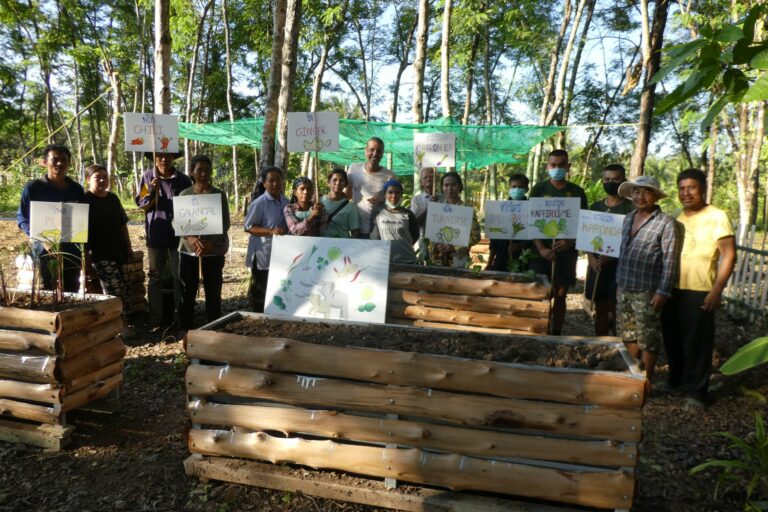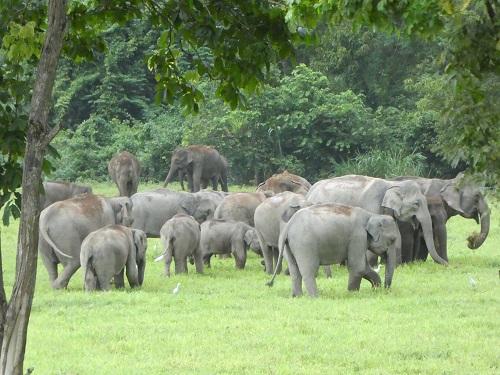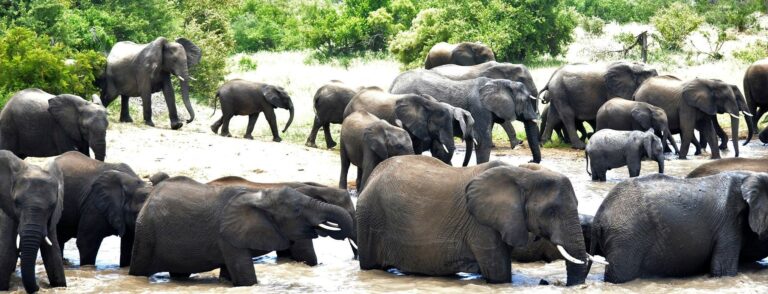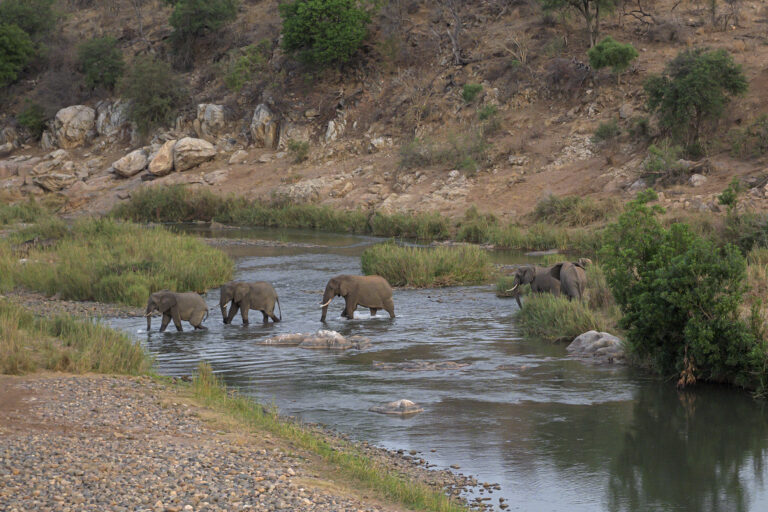Voor een toekomst voor olifanten
Olifanten worden met uitsterven bedreigd. Hun leefgebied verdwijnt in een alarmerend tempo, vooral door toedoen van mensen. Hierdoor worden olifanten gedwongen om buiten beschermde gebieden op zoek te gaan naar voedsel en water. Dit leidt steeds vaker tot conflicten tussen mens en olifant. Als de olifant verdwijnt, verliezen we niet alleen een prachtige diersoort, maar ook een onmisbare schakel in onze natuur en ecosystemen.
Onderzoek programma Thailand:
1 tot en met 10 oktober 2025
Duik in het hart van Thailand’s Kuiburi National Park en maak een echte impact op het behoud van olifanten! Sluit je aan bij het baanbrekende onderzoeksteam van Bring The Elephant Home en maak mee van dichtbij onderzoek mee! Als een van een groep onderzoeksassistenten volg je olifanten, analyseer je hun gedrag en werk je samen met deskundige onderzoekers en lokale gemeenschappen. Meld je nu aan voor deze unieke kans om deze bijzondere dieren te beschermen en de toekomst van natuurbehoud vorm te geven. De voertaal van het programma is Engels.
Alles op alles voor duurzame verandering!
Bring the Elephant Home zet alles op alles voor de overlevingskans van olifanten. Onze projecten in Afrika en Azië starten bij de lokale gemeenschap. We streven naar duurzaam positieve verandering, naar een wereld waar mens en olifant in harmonie naast elkaar kunnen leven. Sluit je aan bij de missie van Bring the Elephant Home!
Help je mee?
- Volg het laatste nieuws, volg onze projecten in Afrika en Azië en/of steun Bring the Elephant Home met een gift.
- Blijf op de hoogte via onze nieuwsbrief.
- Adopteer de Afrikaanse olifant en/of de Aziatische olifant en steun hiermee het onderzoek van Bring The Elephant Home in zuidelijk Afrika en Thailand.
Alvast veel dank voor je hulp! Bring The Elephant Home is een door het CBF erkend goed doel en is een ANBI (Algemeen Nut Beogende Instelling). Ook is BTEH lid van GlobeGuards. Informatie over het beleid van BTEH vind je hier.
Maak kennis met het team
Ons team is wereldwijd actief, specifiek in Thailand, Zuidelijk Afrika en Nederland. Maak kennis met het BTEH-team!
Onze projecten
Adopteer een olifant
Bescherm samen met BTEH een van de meest majestueuze wezens ter wereld: Adopteer (symbolisch) een Afrikaanse of Aziatische olifant!
Adopteer Afrikaanse olifanten Adopteer Aziatische olifanten Schenk Adoptie van Aziatische olifantenLaatste nieuws
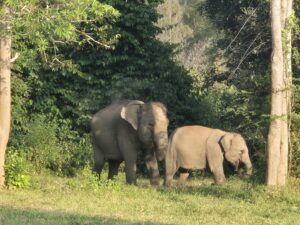
Erkenningspaspoort CBF geactualiseerd

RAGweek Nijmegen


